Interviews
Helping soldiers
On the grass outside, there weren't even enough blankets for the soldiers. And so all the casualties were lying down on the grass. And one man I remember vividly, he was a young guy, a blond soldier. He must've been 18 or 19. And I was looking after him and he had asked me to write a letter to his mother. So, with only eighth grade education, I couldn't do much. But, he dictated. So I did write the letter for him and he gave me the address to mail the letter. The next morning, I went back to him and he was gone. He passed away that night.
And so, funny how we were really just exposed to all the wartime things. The Army trucks just park in front—our plantation camp was filled with all the trucks and everything. So it scared us, we couldn't go out.
And then, what's funny, two weeks later, I received a letter from Washington D.C. from the Army Department. They had checked our background. They found out that I was an alien. And so they said, We appreciate your support and everything, and You did a good... I still have the letter, you know. And so then, being an alien, I'm sorry but that's about it, you know. And they didn't want me to help anymore. And so I think all my friends, I think, were eliminated from helping. But, that was kind of sad. So, because we grew up during wartime, I think it made it kind of difficult, too. I was considered an alien, I couldn't go out after 6 pm. I couldn't work near Army post. And so, it was kind of difficult for me.
Date: February 19, 2004
Location: Hawai'i, US
Interviewer: Lisa Itagaki, Krissy Kim
Contributed by: Watase Media Arts Center, Japanese American National Museum.
Explore More Videos

Atmosphere in his Merrill’s Marauders unit when surrounded by Japanese soldiers
(b.1913) Kibei from California who served in the MIS with Merrill’s Marauders during WWII.
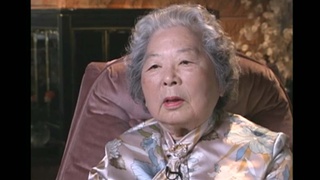
Getting citizenship back
(b.1909) Nisei from Washington. Incarcerated at Tule Lake and Minidoka during WWII. Resettled in Chicago after WWII
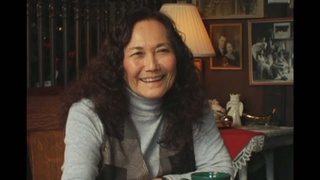

Response to loyalty questionnaire
(b.1909) Nisei from Washington. Incarcerated at Tule Lake and Minidoka during WWII. Resettled in Chicago after WWII

Difficulties finding apartment in Chicago after leaving Minidoka
(b.1909) Nisei from Washington. Incarcerated at Tule Lake and Minidoka during WWII. Resettled in Chicago after WWII
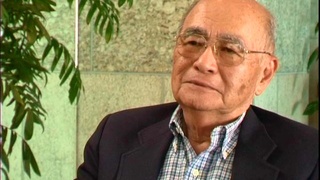
Growing up in Waikiki
(b. 1924) Political scientist, educator, and administrator from Hawai`i

Under suspicion after Pearl Harbor
(b. 1924) Political scientist, educator, and administrator from Hawai`i
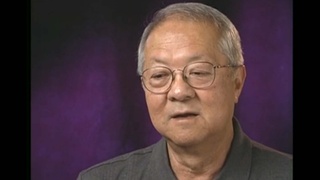
Family's deportation from Peru to U.S. after the bombing of Pearl Harbor
(1930-2018) Nisei born in Peru. Taken to the United States during WWII.

Conditions aboard U.S. transport ship while being deported from Peru
(1930-2018) Nisei born in Peru. Taken to the United States during WWII.
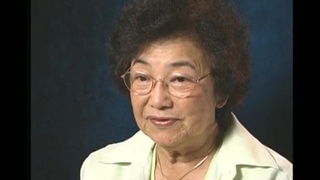
Ransacking of family home by FBI following the bombing of Pearl Harbor
(b. 1927) Japanese American Nisei. Family voluntarily returned to Japan during WWII.

Witnessing father's arrest through a child's eyes
(b. 1927) Japanese American Nisei. Family voluntarily returned to Japan during WWII.
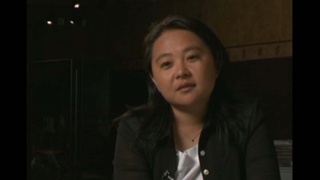
Identity crisis (Spanish)
(b. 1969) Former president of Centro Nikkei Argentino.

Participating in military drills in school in Japan during the war
(b. 1927) Japanese American Nisei. Family voluntarily returned to Japan during WWII.

Hearing anti-American war propaganda from a teacher
(b. 1927) Japanese American Nisei. Family voluntarily returned to Japan during WWII.

The hardships of life in Japan during World War II
(b. 1927) Japanese American Nisei. Family voluntarily returned to Japan during WWII.
